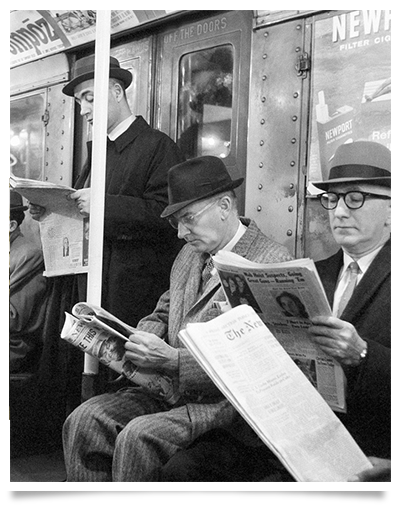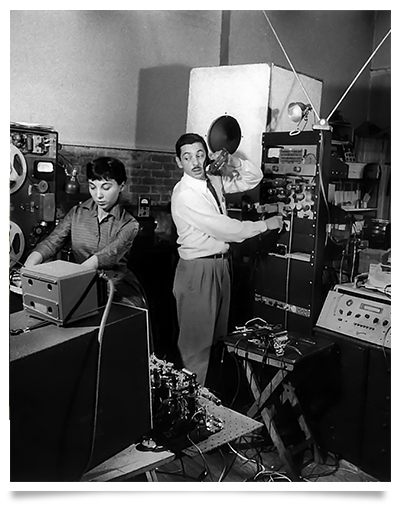
Print Media
The significance of the invention of a process that allowed people to preserve thoughts and ideas is incredible. The earliest form of printing was Woodblock printing. Earliest surviving woodblock prints were found in China dating back to the 220 A.D. The oldest fragment found was a woodblock print on silk depicting flowers in three different colors from the Han Dynasty. Printing was revolutionized by a German blacksmith and publisher Johannes Gutenberg around 1450 when he invented the printing press which made printing much cheaper and faster - meaning printed texts were now available to more people than ever before. At the time of the invention only about 30% of European adults could read and write. Gutenberg’s press made the literacy levels raise to 47% by 1641. Historians say, “the printing press was one of the key factors in the explosion of the Renaissance movement”. By the year 1500 printing shops had spread all over Europe and had produced more than 8 million books.


Recordings
Thomas Edison invented the phonograph - a device that made sound recordings possible - in 1877. As a child Edison was a curious boy keen to gain answers, starting to experiment with chemicals at the age of 11. Some of his experiments were harmless, some, not so much, like when he burnt down the family barn. Thomas’ schooling ended after three months when the teacher thought he was inattentive and not very bright. After dropping out Edison’s career as an entrepreneur and an inventor began. Edison invented the phonograph as a result of working on two completely different inventions - the telegraph and the telephone. The first ever recorded words, uttered by Edison, are “Mary had a little lamb” from the famous nursery rhyme. Edison had imagined that the phonograph will be used for practical purposes by professionals like lawyers, court reporters and businessmen replacing stenography. Instead the phonograph, and later commercial radio, ‘created’ the recording industry.
Motion Pictures
Motion Pictures were invented in 1872 when a former governor of California wanted to find out whether all four of a horse’s legs are off the ground when it is galloping. He acquired the help of an Eadwear Muybridge a photographer of a Dutch descent. Muybridge, together with a railroad engineer, placed many cameras along the track that were triggered by a thread as the horse passed. He copied the images on an invention of his called a Zoopraxiscope - an early movie projector - and the first ever Motion Picture was born. First movies made around 1890 were about a minute long and recorded everyday events, like a train pulling into a station, angry babies quarreling or simply a cat falling. Narrative and editing techniques appeared in the 1900s. In this graph that shows the number of feature films produced in a year by region you can see, how much the movie industry has grown.






